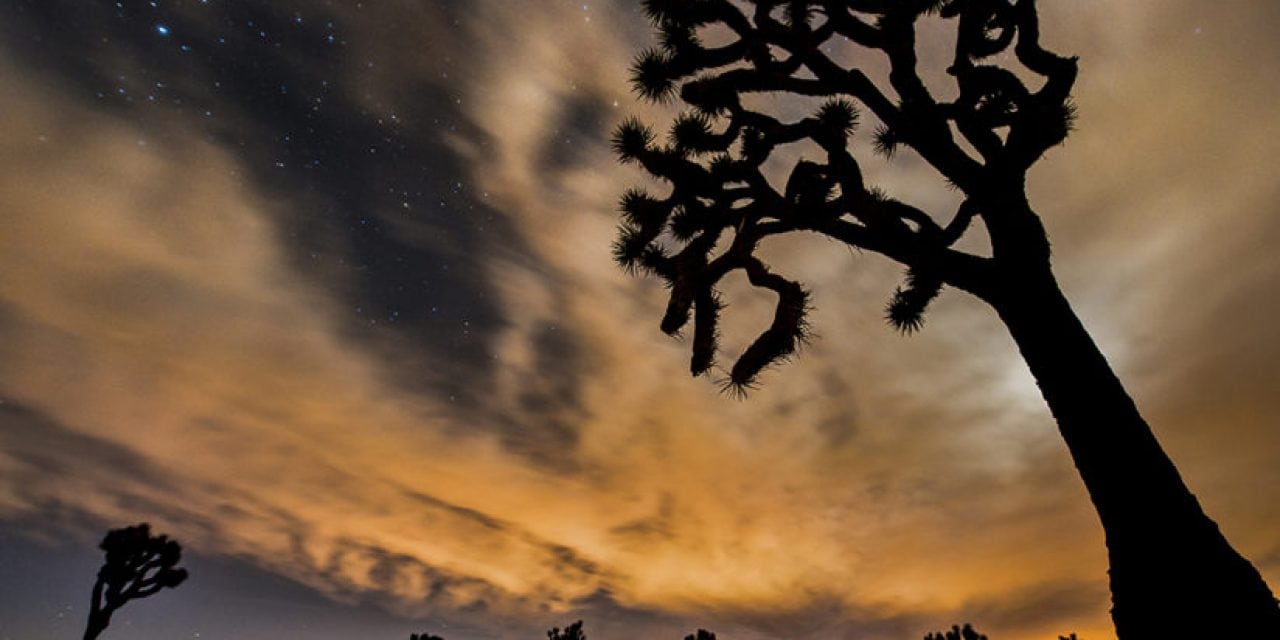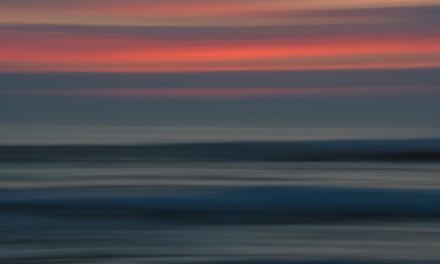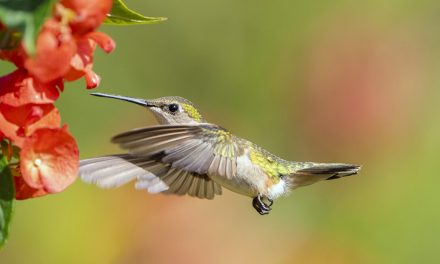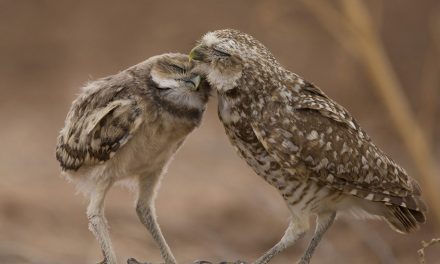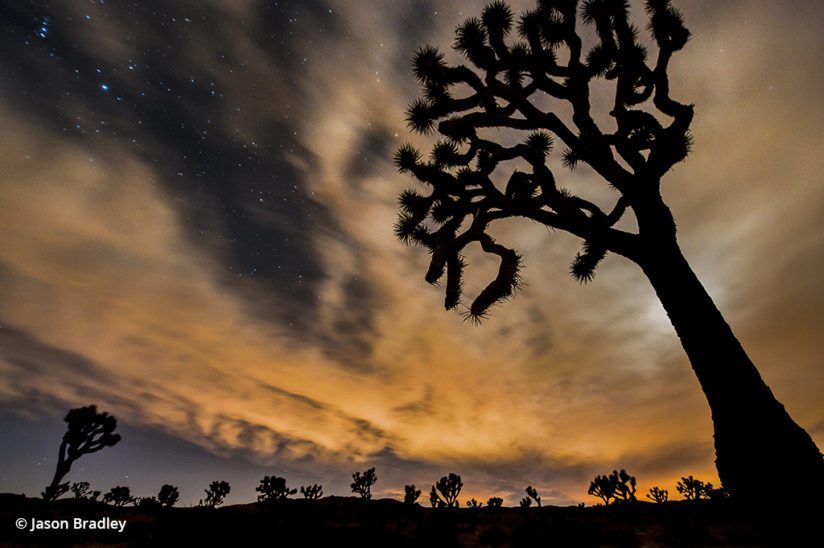
Desert habitats are ecological peculiarities. They are harsh environments, typically with sand and rock instead of rich soil and running water. Their evaporation rates tend to exceed precipitation rates. And even though desert habitats can harbor a surprising diversity of life, their harsh conditions do not favor abundance. Instead, the plants and animals that live there have special adaptations to deal with the harsh conditions, such as extreme heat, cold and lack of water for long periods of time. But then there is Joshua Tree National Park. Joshua Tree is a landscape distinguishable from all its desert counterparts, complete with its own characteristics and eccentricities, and at its heart is the odd tree that gave the park its name.
The Joshua tree looks like no other tree in the world, and it is, in fact, not really a tree. It’s a tree-like succulent that is actually a member of the agave family. Their age is challenging to estimate, as their trunks are filled with fibers and lack the growth rings found in typical trees. Their large, soccer ball-size flower, with its cream-colored petals, acts as a nursery to the yucca moth, the tree’s primary pollinator. The Joshua tree looks, well, odd. Simply put, the Joshua tree is a malformed peculiarity with gangly and misshapen branches that seem to point in a direction with no discernible path. As beautifully odd as the tree is, it is also tremendously fun to photograph.
Also framing this national park’s landscape are large monzogranite boulders, called white tank boulders. White tank boulders are the result of ancient geologic processes involving two tectonic plates (the Farrallon and Continental plates) well over 100 million years ago. The boulders can be found in all kinds of shapes, sizes and patterns, and they make for a beautiful subject or picturesque backdrop. The famous Arch Rock and Giant Marbles are remarkable examples of this geology and make for brilliant photographic subjects.
All of Joshua Tree National Park’s beautiful oddities taken together — the prehistoric rock, the gangly trees, the desert floor laced with succulents and woody shrubs, the shy but pervasive wildlife — are precisely what makes the place interesting and appealing. So how does one translate all this photographically?
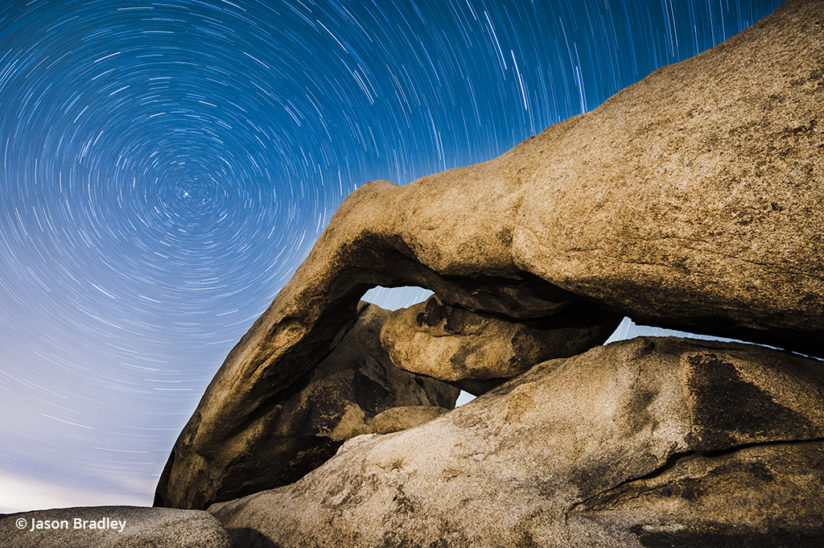
To start, I suggest bringing your full arsenal of modern and eccentric photo techniques, such as night photography, time lapse, long exposures, light painting, HDR, pano-stitching or whatever your creative mind can come up with. In Joshua Tree, they can all be useful as you play with new compositions and find new perspectives to convey the essence and nature of this odd, grand, peculiar and beautiful place.
Joshua Tree: North Versus South
Joshua Tree is comprised of two separate desert ecozones: the Mojave Desert and the Colorado Desert. The Colorado Desert, which is in fact a western extension of the Sonoran Desert, occupies the southern and eastern portions of the park and is typically drier than its counterpart. The Mojave Desert occupies the western side of the park, is higher in elevation, and is moister than the Colorado.
Virtually all of the Joshua trees in the park are found in the Mojave Desert region, along with most of the interesting geologic formations. Considering this, I spend almost all my time shooting in the Mojave portion of the park. It just has more of what one would expect when visiting Joshua Tree.
The Colorado Desert is home to the dangerous but beautiful cholla cactus along with the tall and lithe ocotillo, but do be careful around cholla. Pieces of it can jump off and stick to almost anything that ever so slightly brushes up against it, which is why it’s also called “jumping” cholla. Ocotillos are beautiful and tall succulents that can grow more than 30 feet tall. They have individual stems growing mostly straight up, with the stems of the taller, more mature plants moving in twisty and distorted directions. In the spring, their stems are topped with wonderful, bright red zygomorphic flowers. And when the wind isn’t blowing, they make for great nighttime subjects.

Night Photography At Joshua Tree
Each year in the spring, I teach a workshop in Joshua Tree and have done so for many years. The workshop’s focus is on night photography, covering basic techniques in light painting and photographing stars. Joshua Tree is wonderful at night, and one of the reasons I keep coming back is that photographers can be productive in Joshua Tree at night, even if the conditions are less than stellar—pun most certainly intended.
And for yet another oddity about Joshua Tree: There is a lot of light pollution bleeding in from Palm Springs and Rancho Mirage to the south that, for me, works well for shooting at night. Typically, such amber-colored city lights are an unnatural, and, thus, mostly unwanted distraction for the outdoor photographic purist. But because what we see in Joshua Tree is so otherworldly, the odd color light, for me, adds a layer of color that is attractive and interesting. Furthermore, when clouds come in obscuring the view of the stars, the pollution acts as an edge light to the clouds. So even if stars become minimized or no longer possible to capture, I suggest to not pack your camera bags, but instead keep shooting and playing with what the sky is offering. You will not be sorry.
Regardless of weather, shooting at night is one of my favorite things to do in Joshua Tree. Night photography is great way to portray something with a different perspective and thus works well in translating the park’s unique character.
Lighting things at night is different. We can use flash, or we can use a flashlight to “paint” light on our subjects during long exposures. Light painting offers us an extraordinary amount of control to show the shapes, textures and patterns of what we’re shooting much more effectively than if we were restricted to just daylight. For light painting, I suggest bringing with you a few kinds of flashlights. My favorite light to bring is a small MagLite with an incandescent bulb. But I also bring a couple LED lights with different color temperatures. LEDs tend be more blue in color than incandescent bulbs, and different color temperatures work differently with different subjects. Experimentation is in order here, but it’s a great idea to have different kinds of flashlights. Of course, if you want to get crazy creative, you can bring anything that lights up, like a rope light, light sabers, Christmas tree lights, key chain lights on strings to spin around while your shutter is open, or anything your mind can come up with.

Shooting The Stars
In general, there are two approaches to shooting stars: You can either have stars trailing through your composition or appear as individual dots in the sky. Either approach requires a wide-angle lens — stars will trail through a frame faster with telephoto lenses rather than wide-angle lenses.
I suggest the “less than 30, more than 30” guide. To get the stars-are-still look, try keeping your shutter speed between 20 and 30 seconds. Other settings vary a bit, but I’m usually somewhere between ƒ/4 and ƒ/5.6 (and rarely ƒ/8), with an ISO setting between 1000 and 2000. Either way, the 30-second limit is key. Anything more than that tends to show noticeable movement in the stars. The stars end up looking either blurry or like an unsuccessful attempt made at a shot where the intention was moving stars.
If you want nice, long trailing stars that sweep through your background, anything less than 30 minutes creates short-in-length lines that feel like a longer exposure would’ve been better. I like 40 minutes to an hour, but I’m admittedly not always that patient. With longer exposures, I would suggest starting with settings less likely to result in noise. Try 800 to 1600 ISO, and an aperture of ƒ/5.6 to ƒ/8.
The brightness of your camera’s LED screen can be quite deceiving. At night, it looks much brighter than normal, so don’t trust that your RAW file is exposed well. Be sure to double-check your histogram to make sure you are where you need to be.
Opening a shutter for more than 30 minutes is not easy or possible for a lot of cameras. Many cameras will create extremely noisy and even unacceptable images when shooting for that long. Another approach to minimize this problem is to take many pictures as if you were creating a time-lapse sequence and then blend, or “stack,” the images using software.

To create an image of the Milky Way, try the 30-seconds-or-less approach. Keep in mind that in order to create images with that crisp and colorful Milky Way look, some developing in Lightroom or ACR is a must. Contrast and Clarity sliders can do wonders for bringing it all out.
Photoshop is the tool most often used (I think), but Photoshop can be tricky — and, if you’re not adept at using it, very time consuming. So, before attempting to shoot stars and play with Photoshop in this regard, first try a Google search for “star stacking Photoshop.” There are many videos and articles to choose from to see how it’s done. There are also Photoshop actions that are pre-made and you can download for free (a “donation” may be requested in exchange). Try Googling “star stacking Photoshop action” to find a couple of those. Outside of Photoshop, StarStaX is popular stacking program with photographers and easy to use. Be aware, one of the issues with stacking stars is gaps are left in between frames. The result is star trails that look perforated, so be sure to look for “gap-filling” features and tutorials. It’s a great feature.
Joshua Tree’s “Must Do” List And Where To Go
The best of what’s in Joshua Tree is most easily accessible from the north side of the park. I suggest entering the park from either the north entrance accessible from Twentynine Palms, or you can enter from the west entrance through the town of Joshua Tree Village. All of the Joshua trees and interesting granite rocks are found in the north, along with most of the campgrounds. And if you are interested in lodging, it’s all at the north end. My favorite place to stay is the 29 Palms Inn in Twentynine Palms. It’s a really nice, affordable resort, and on site is the best restaurant in town. Eat there whether you are staying at the inn or not. It doesn’t disappoint.
Of all the places to shoot in the park, I love Hidden Valley the most. It has everything and is not far from the Joshua Tree Village entrance off of Park Boulevard. Note that Hidden Valley has two parts. There are Hidden Valley campground and the day use area. I actually love the day use area. While both are lovely, I suggest driving to the end of the parking lot in the day use area and walking into the large Joshua tree-filled valley. The valley is wide open, picturesque with an endless amount of Joshua trees framing white tank boulders. Getting lost for hours at night in Hidden Valley is something I’ve done more than once. We spend a good amount of time there during my annual workshop, and it never disappoints. Of course, you should not miss Arch Rock, the Ocotillo Patch, Cholla Cactus Garden, Skull Rock or the “Giant Marbles” found inside the Jumbo Rocks campground — all are “must see.”
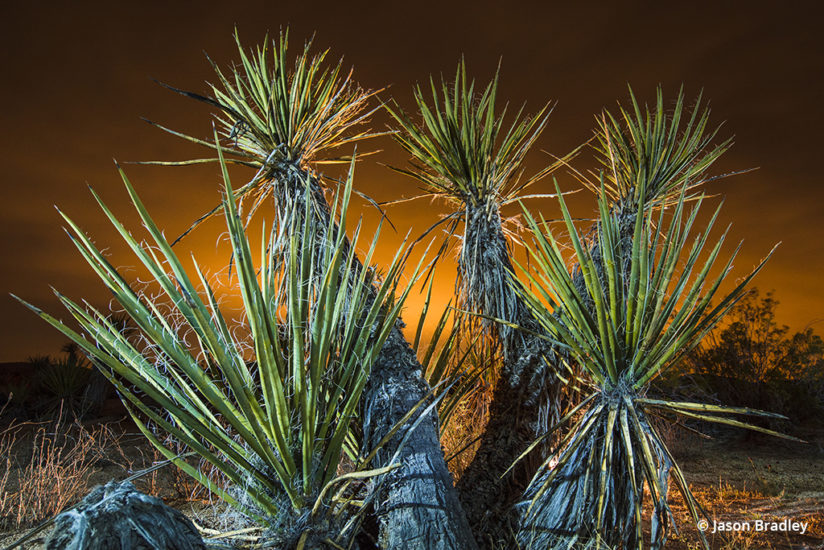
Regardless of place, regardless of subject and especially regardless of any preconceived ideas about shots you might have, Joshua Tree is best approached with a sense play and creativity. Photographing Joshua Tree is in part about the trees, the rocks, the plants and animals. But more than that — and it won’t take you long to experience it — Joshua Tree is about shapes and patterns, colors and light, textures and tonality. There are endless compositions to be had here, and the more you experiment playfully with a wide array of modern technique, the sooner you’ll be able to lure out images that effectively translate something beautifully odd.
Maps And More Info For Visiting Joshua Tree
To find almost anything you need in Joshua Tree, visit the National Park Service website to find interactive maps of the park, a list of campground maps, backcountry road maps, simplified trail maps, rock climbing maps, topographic maps and more.
The post Beautiful Oddities Of Joshua Tree appeared first on Outdoor Photographer.

